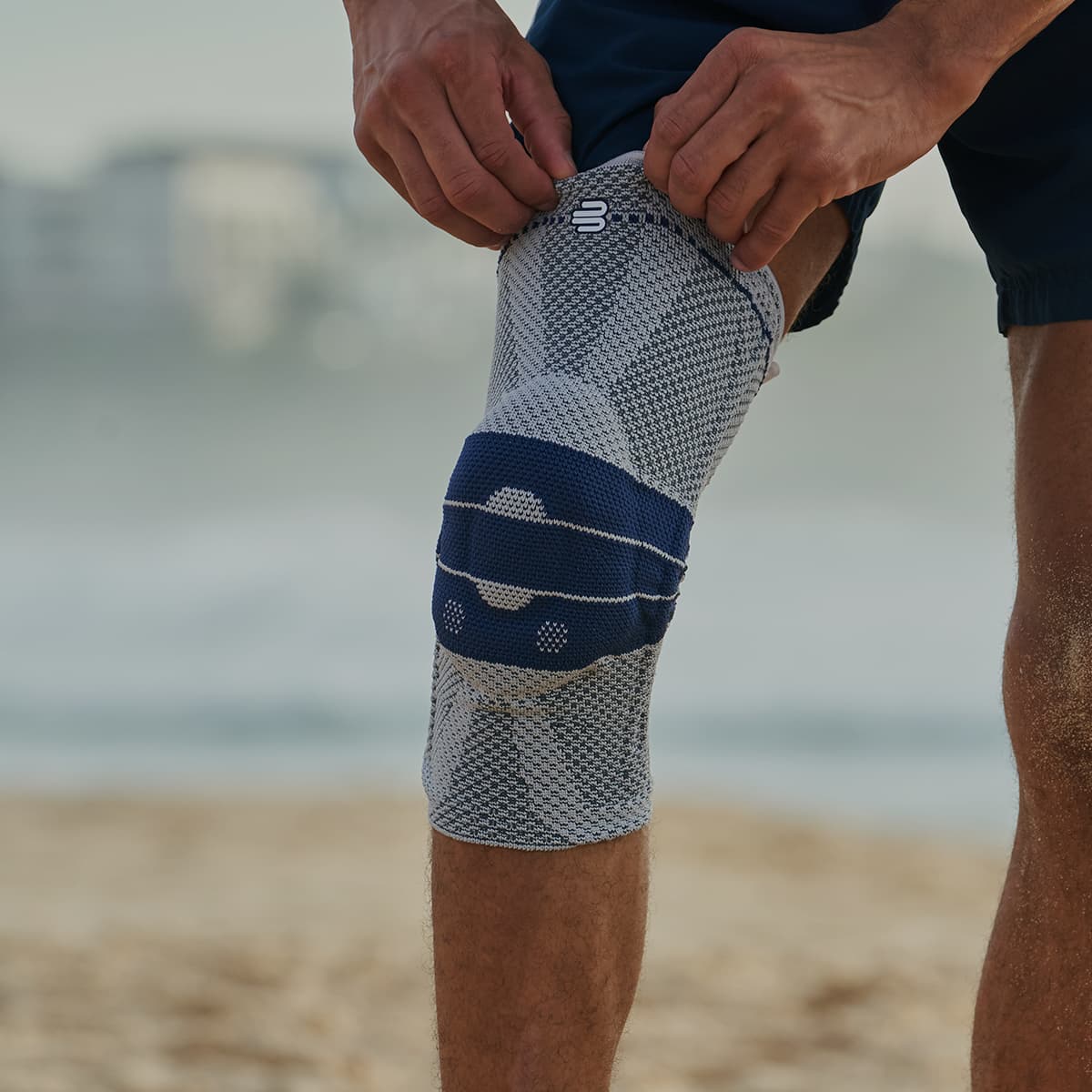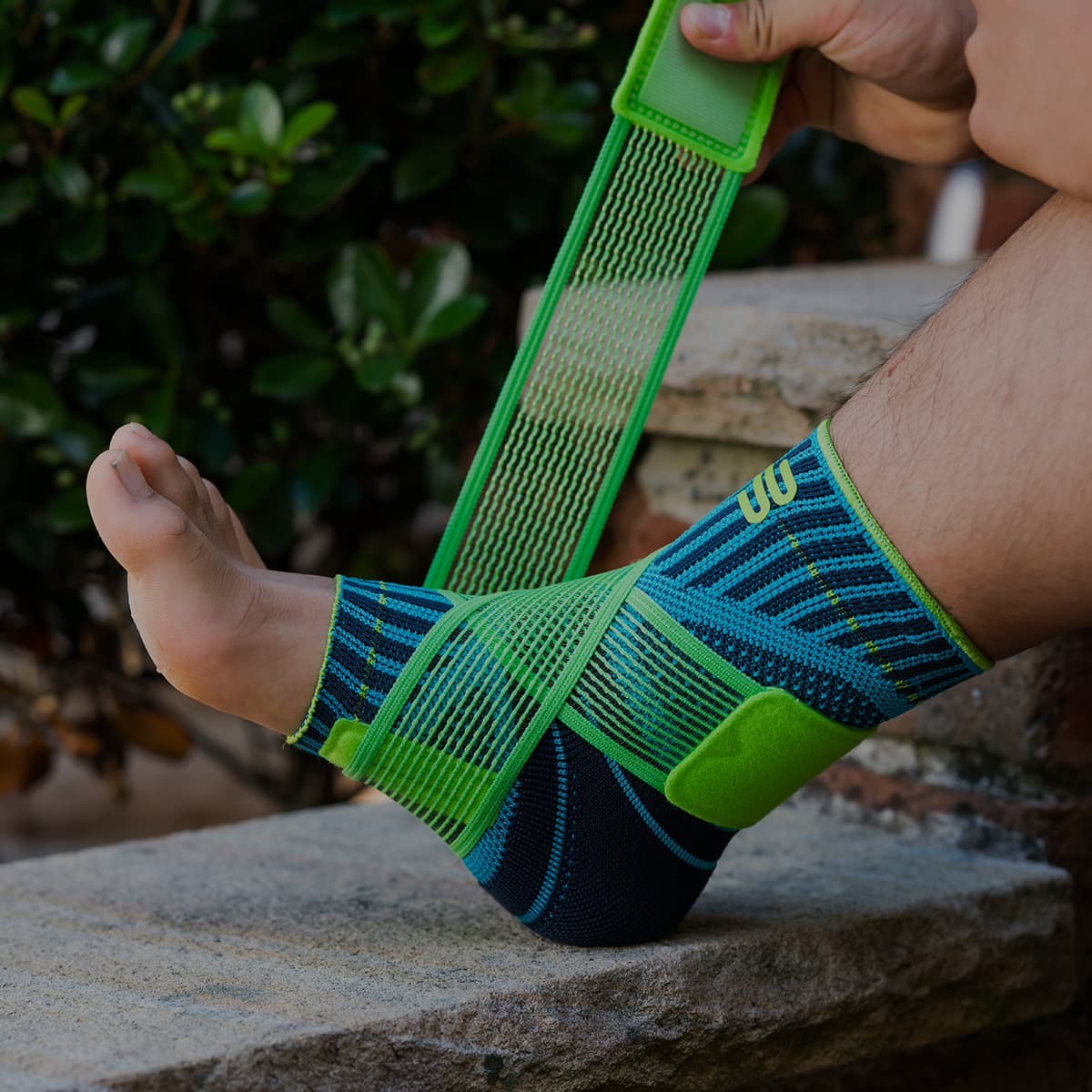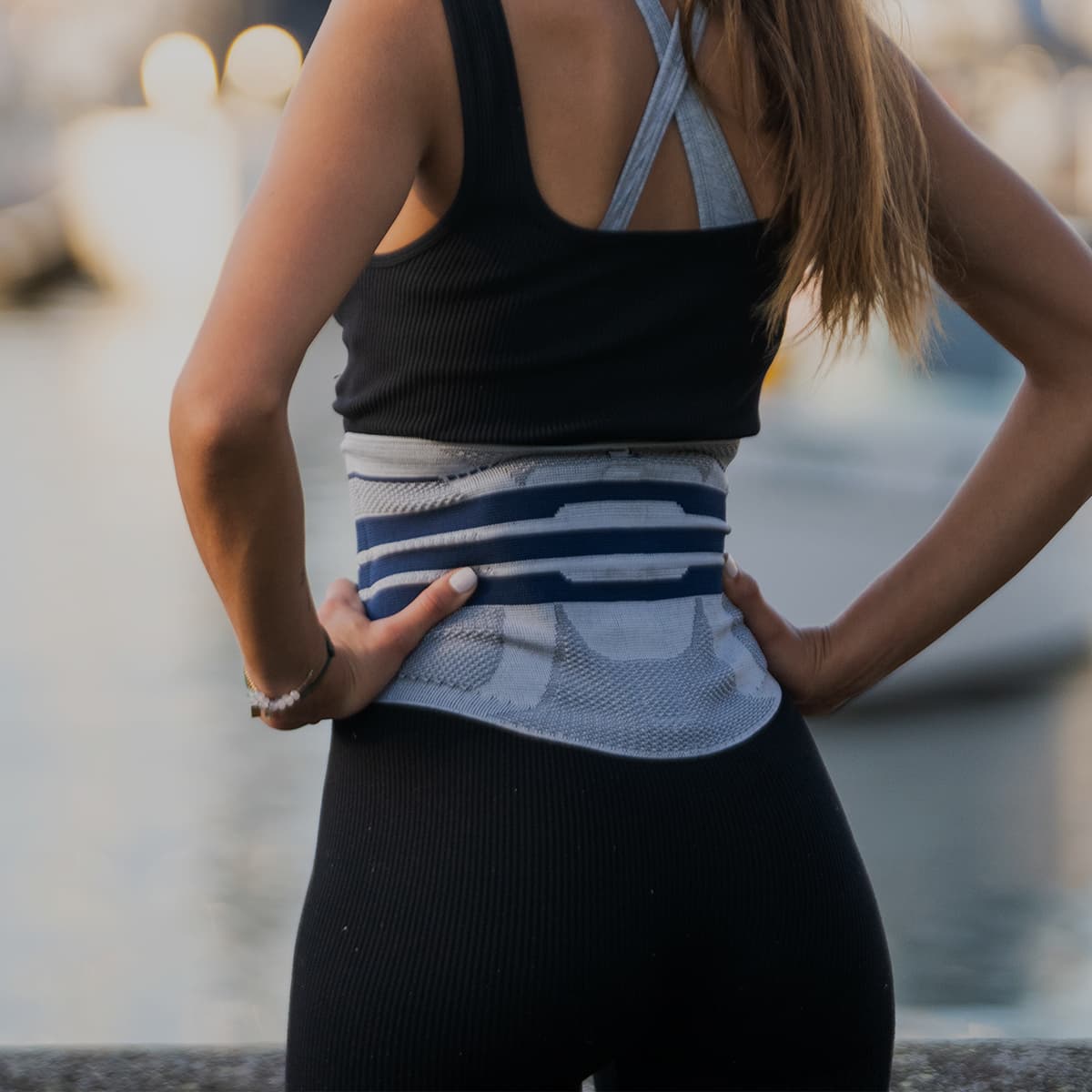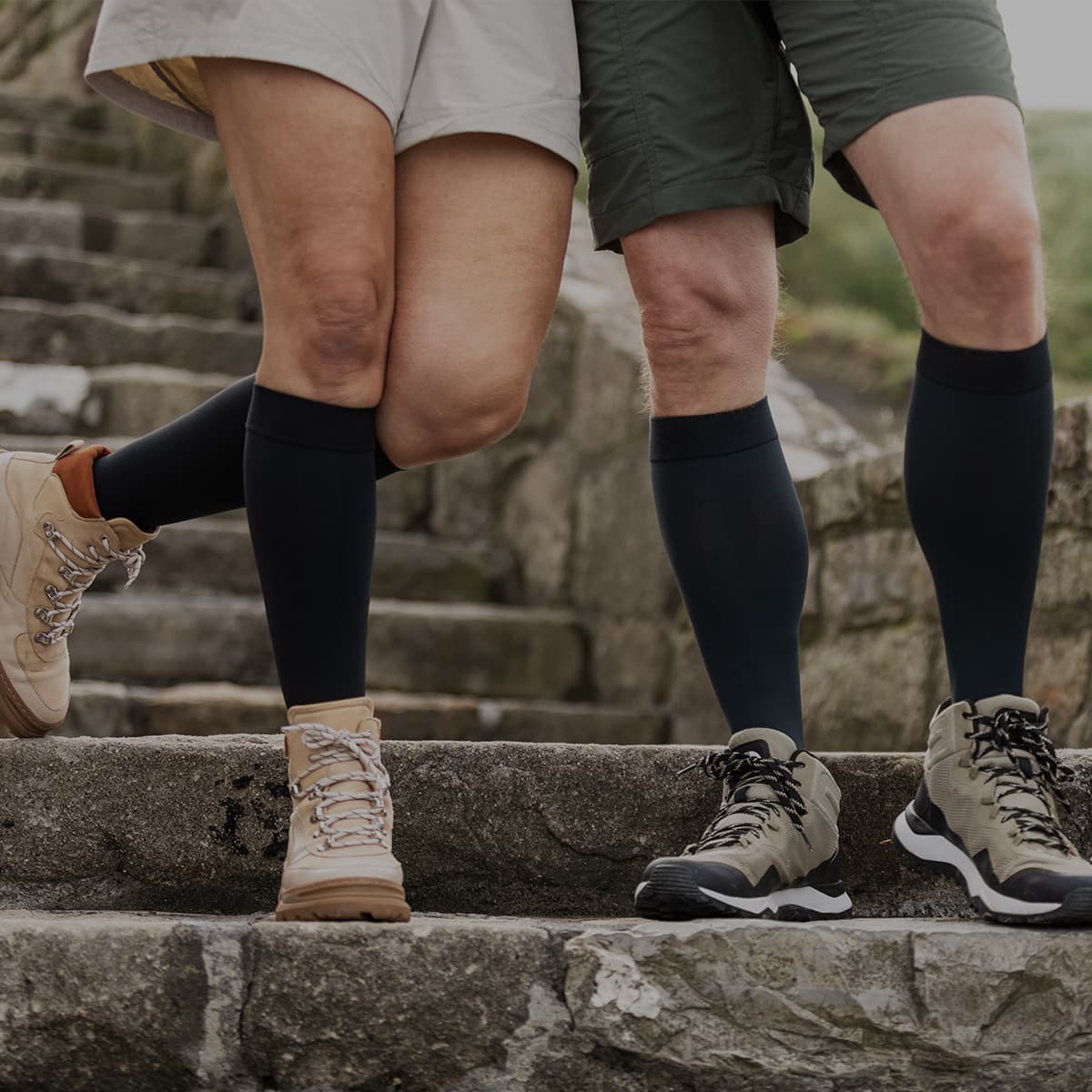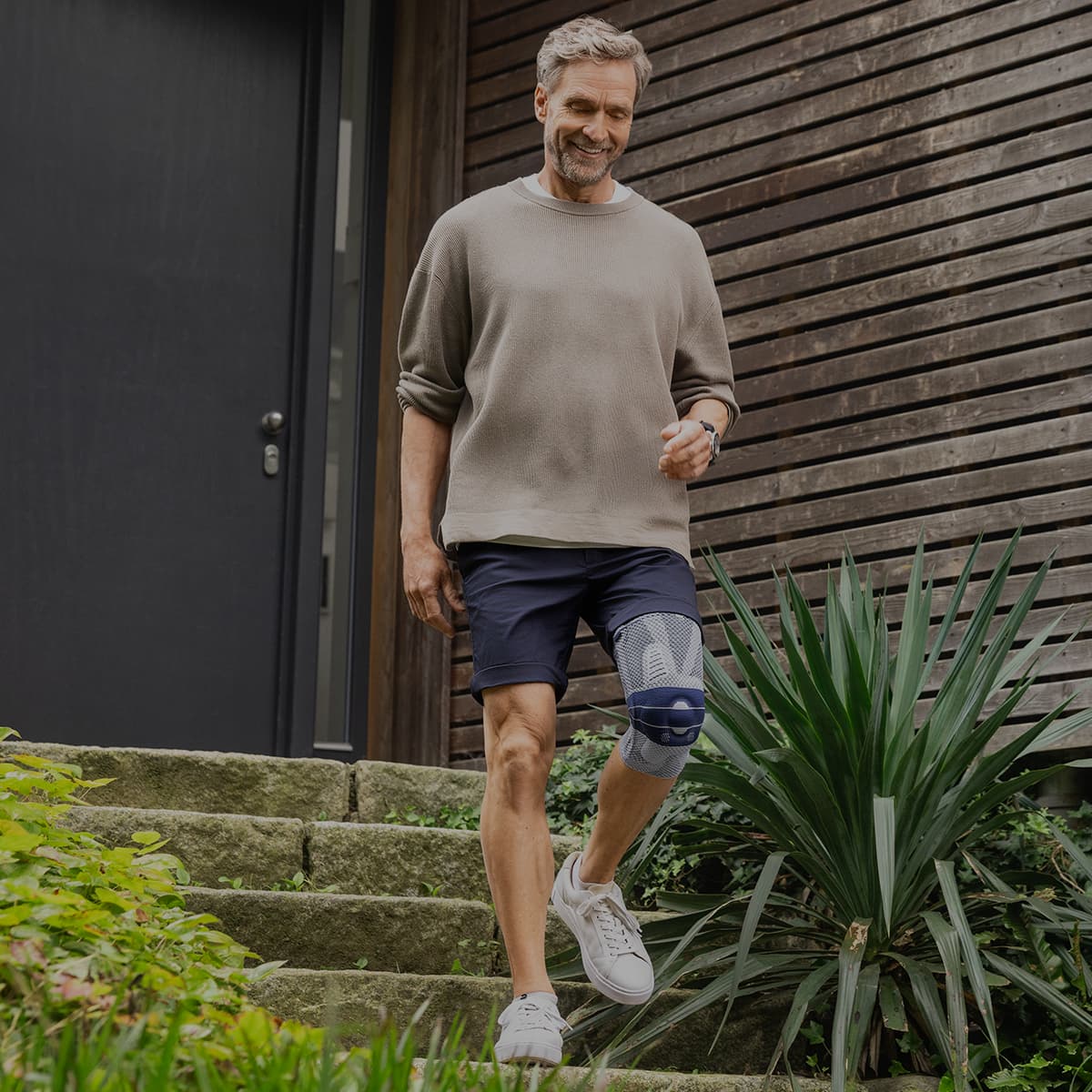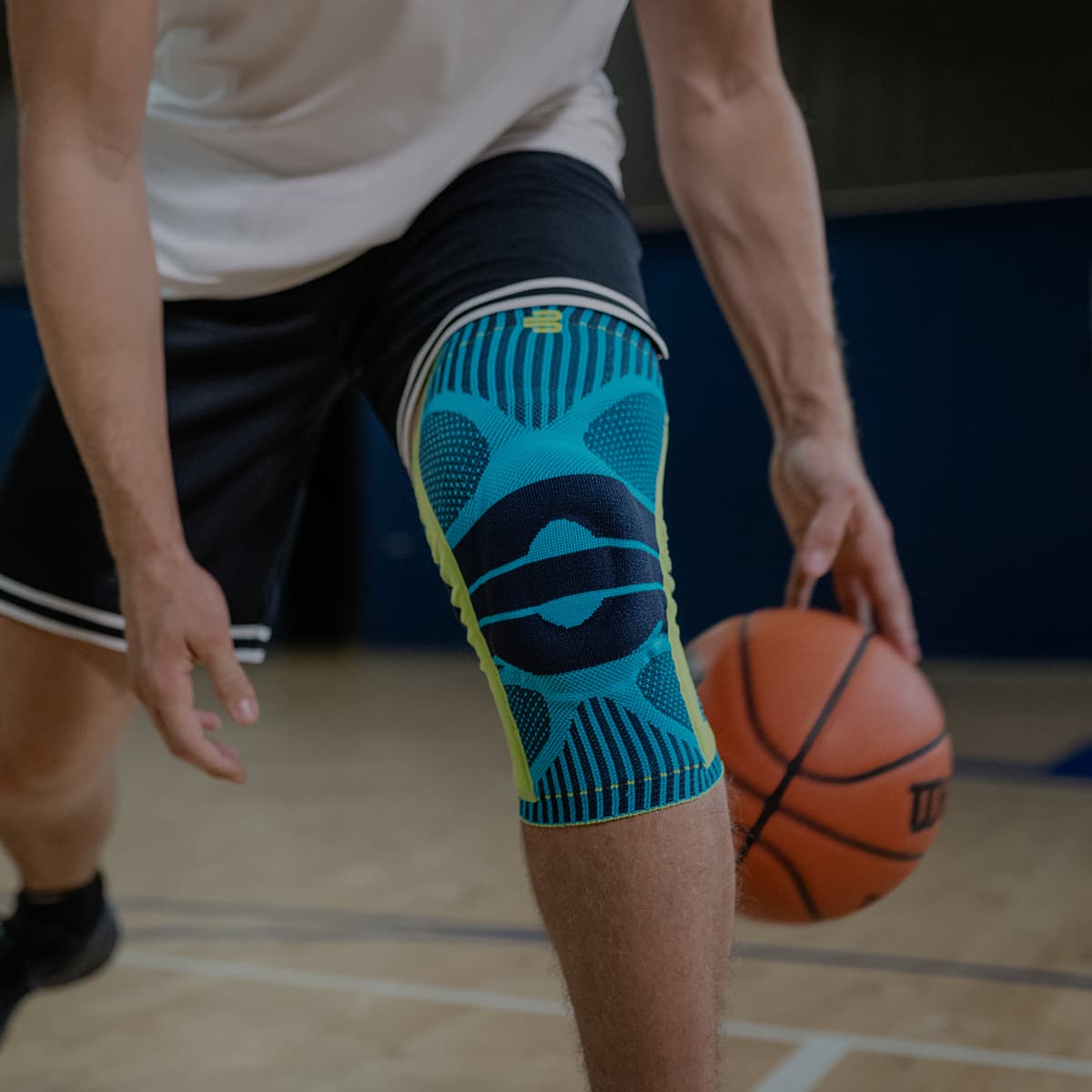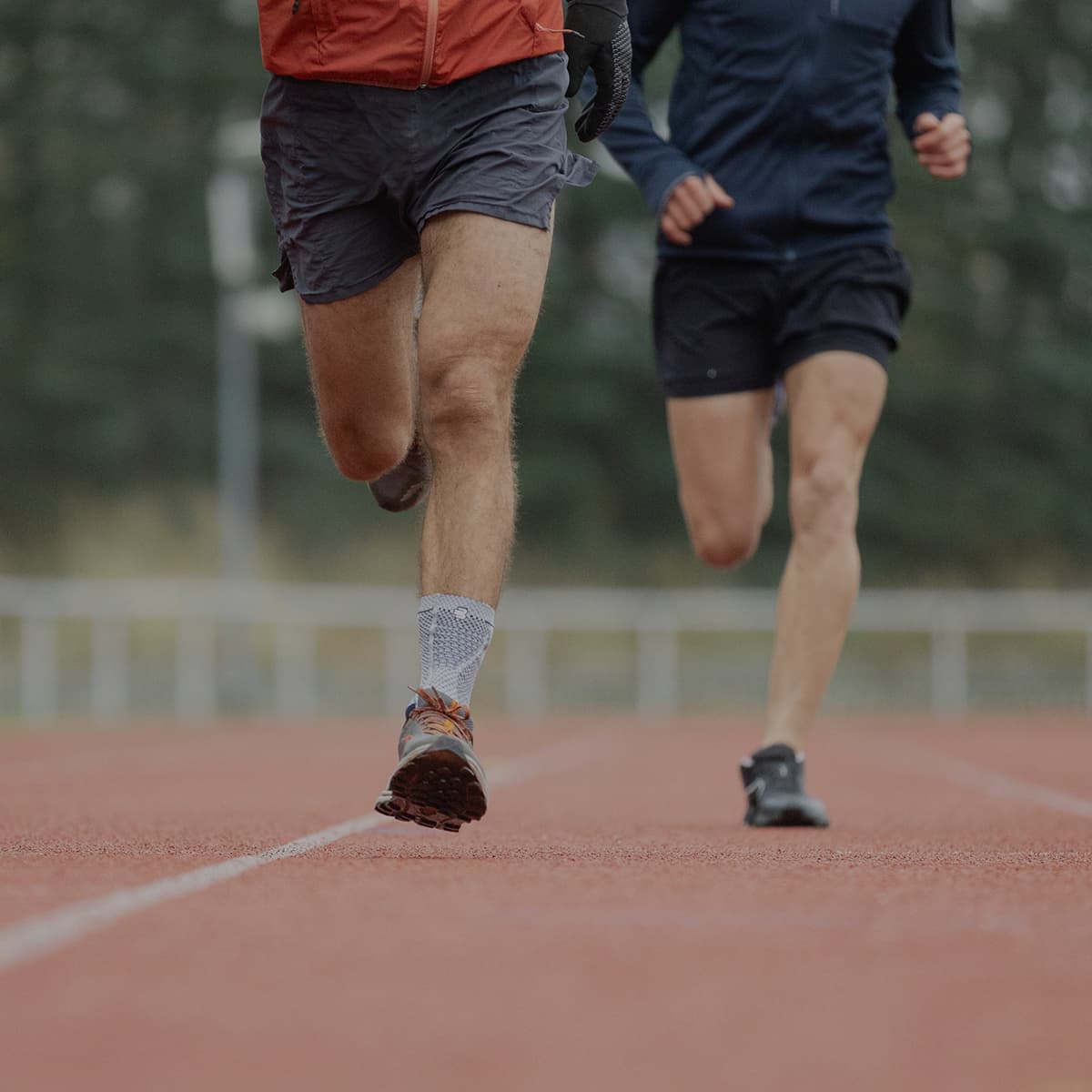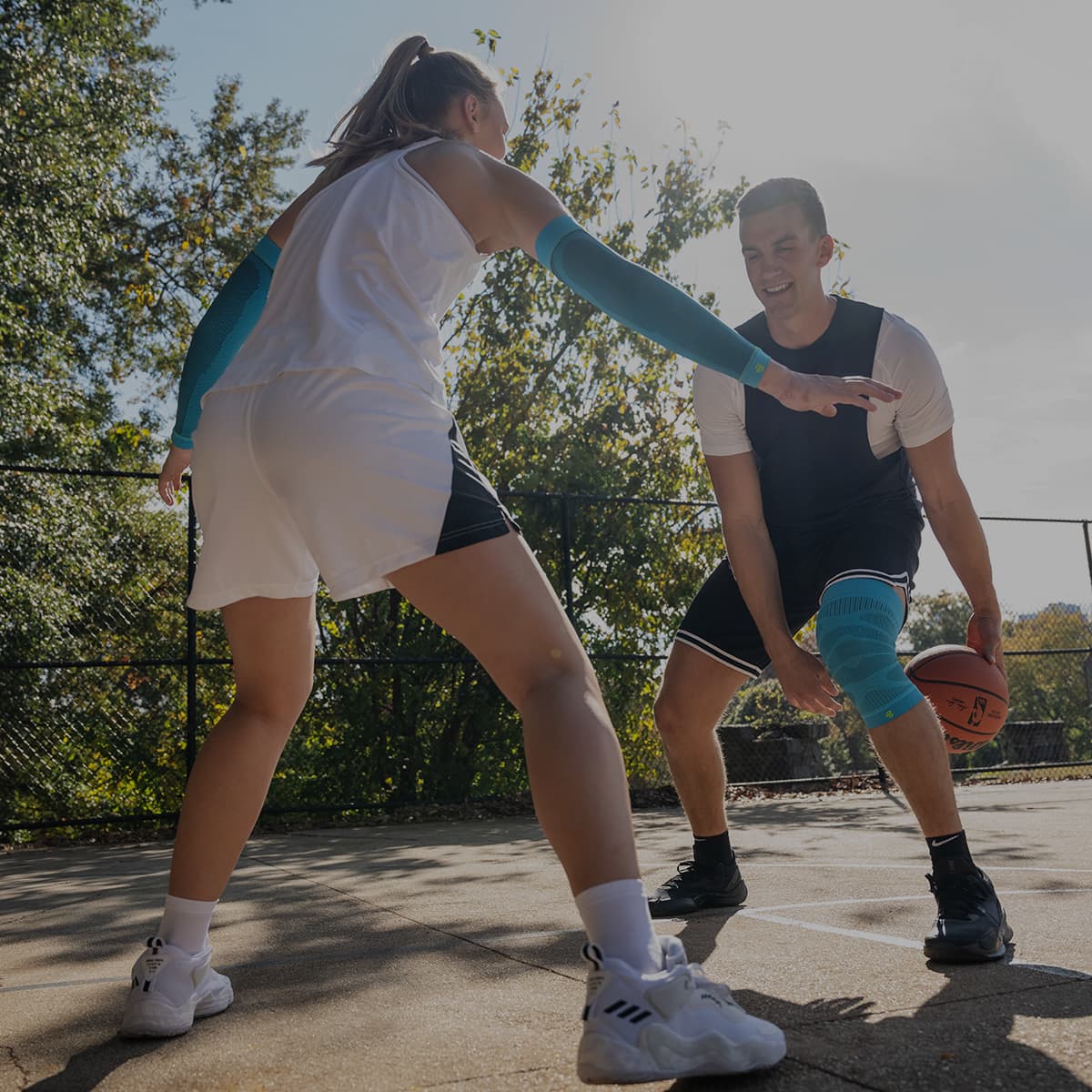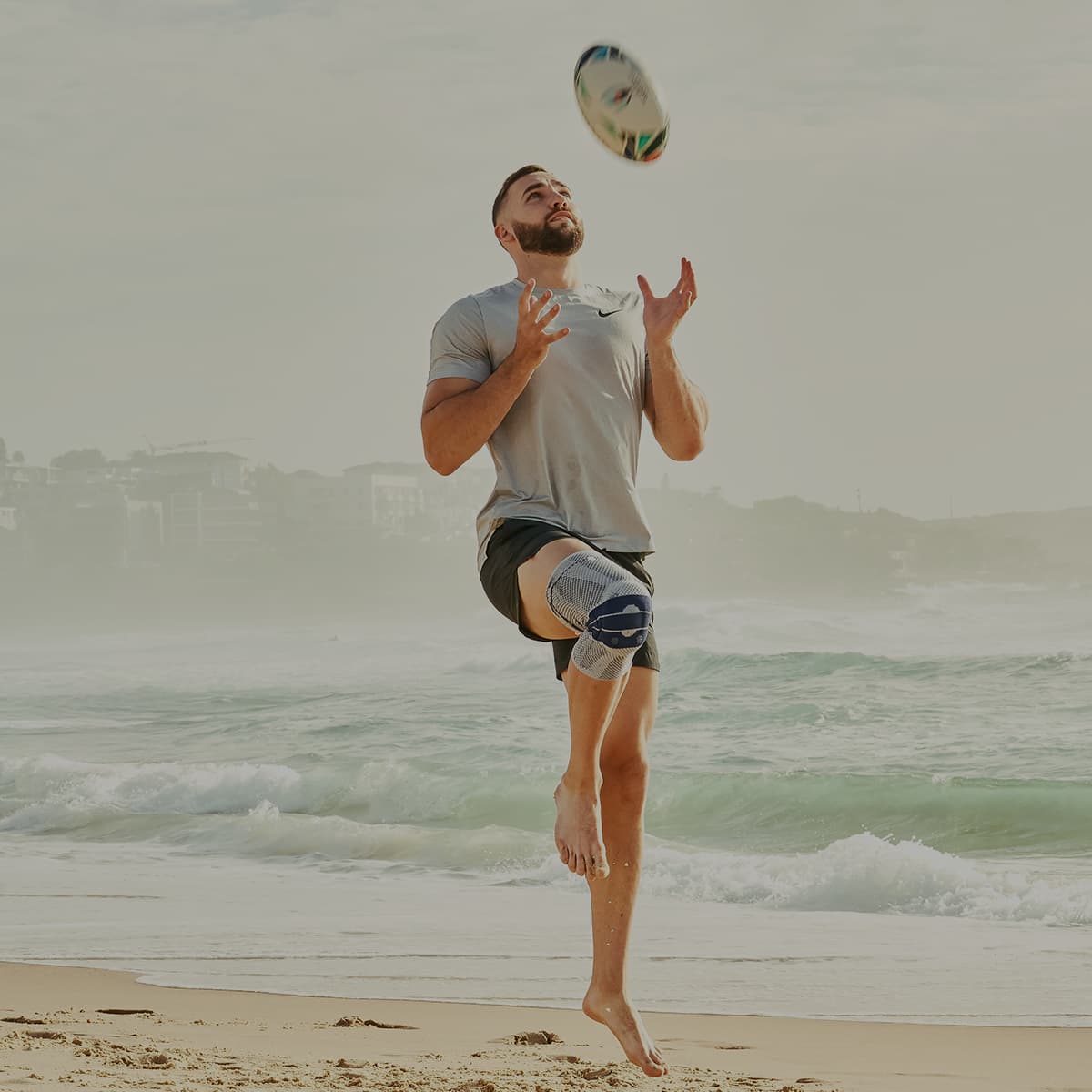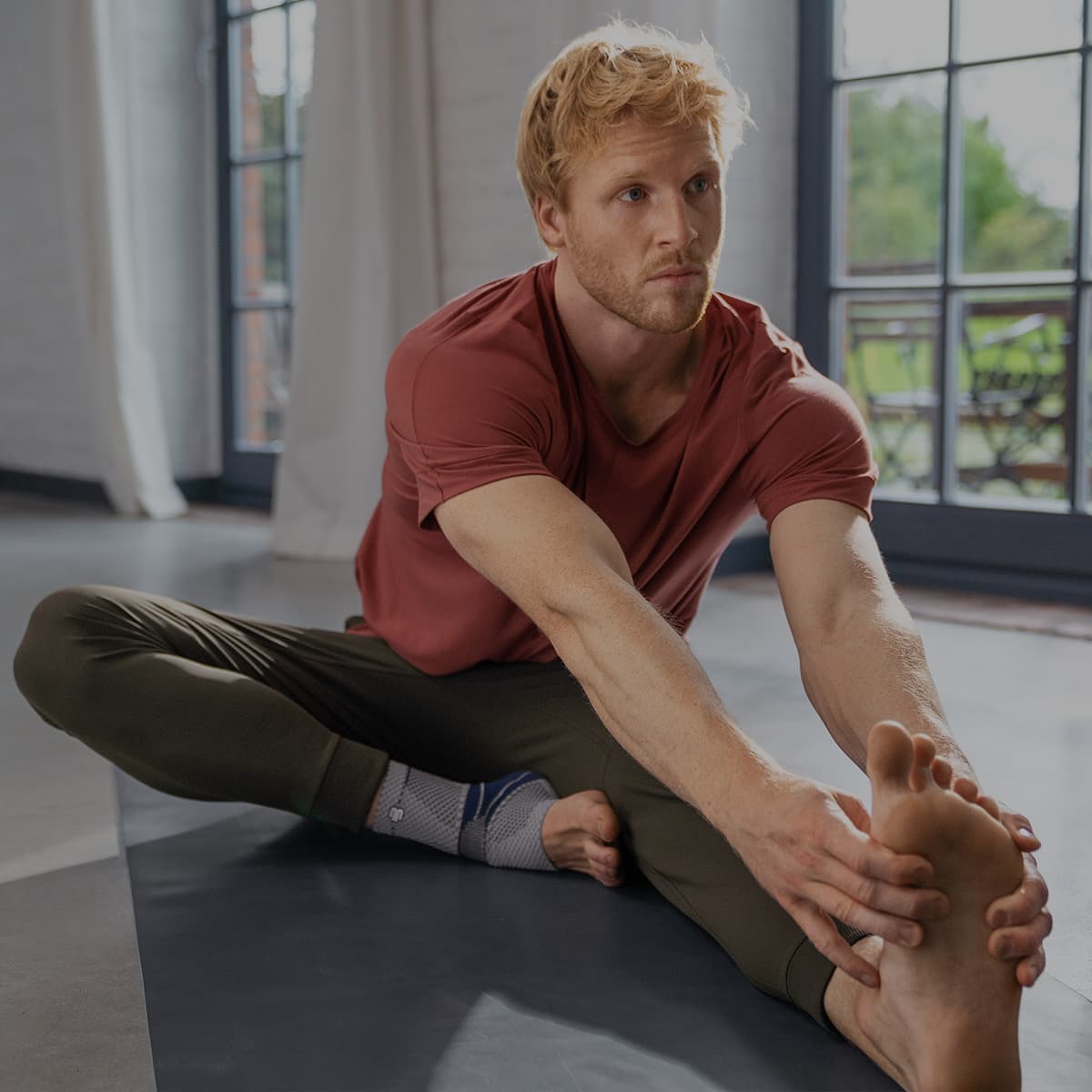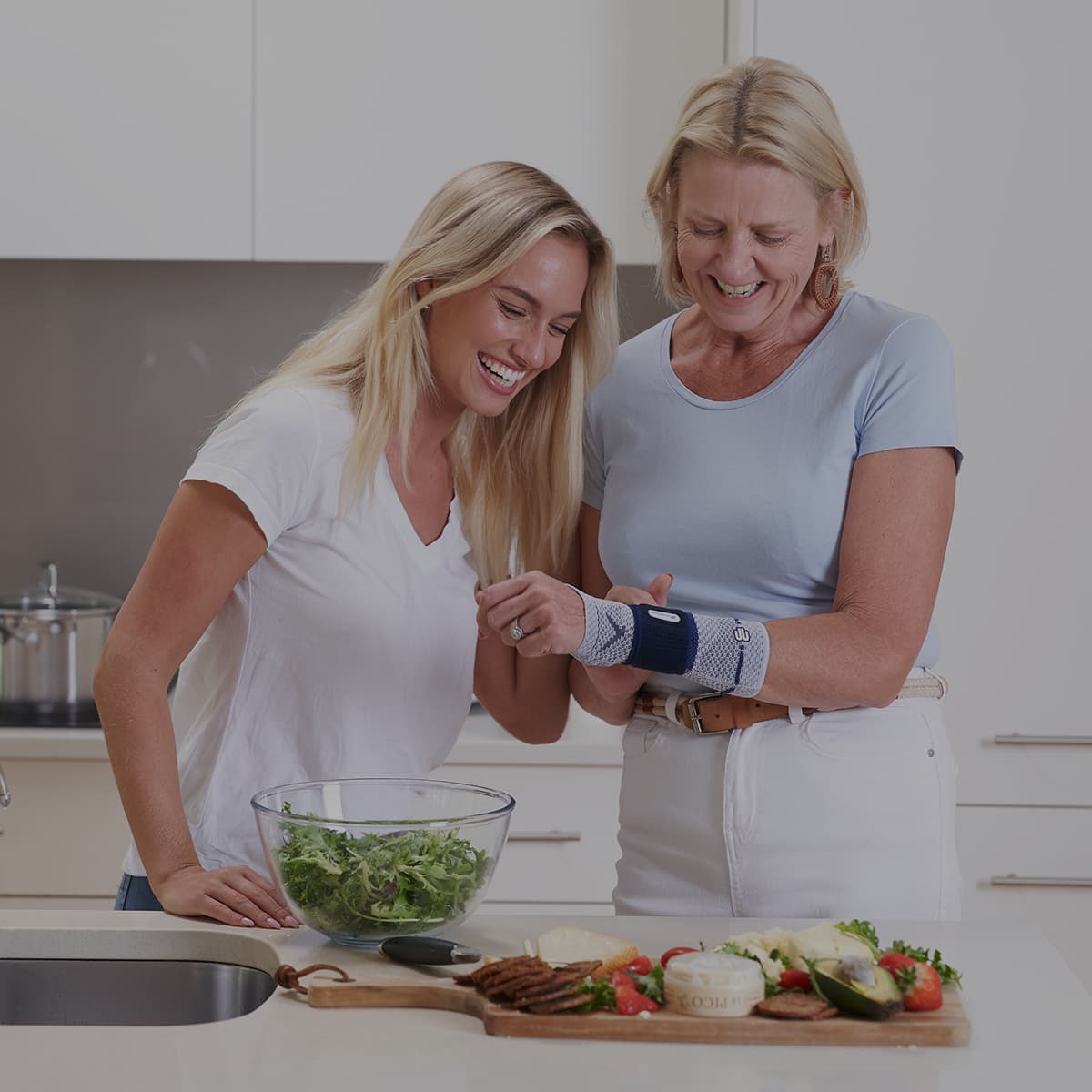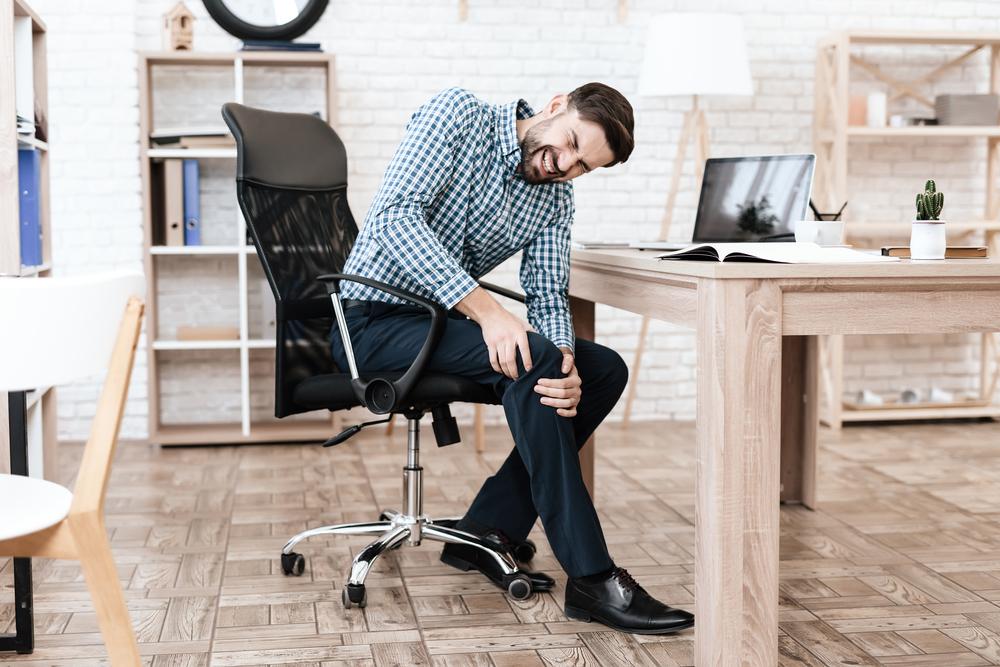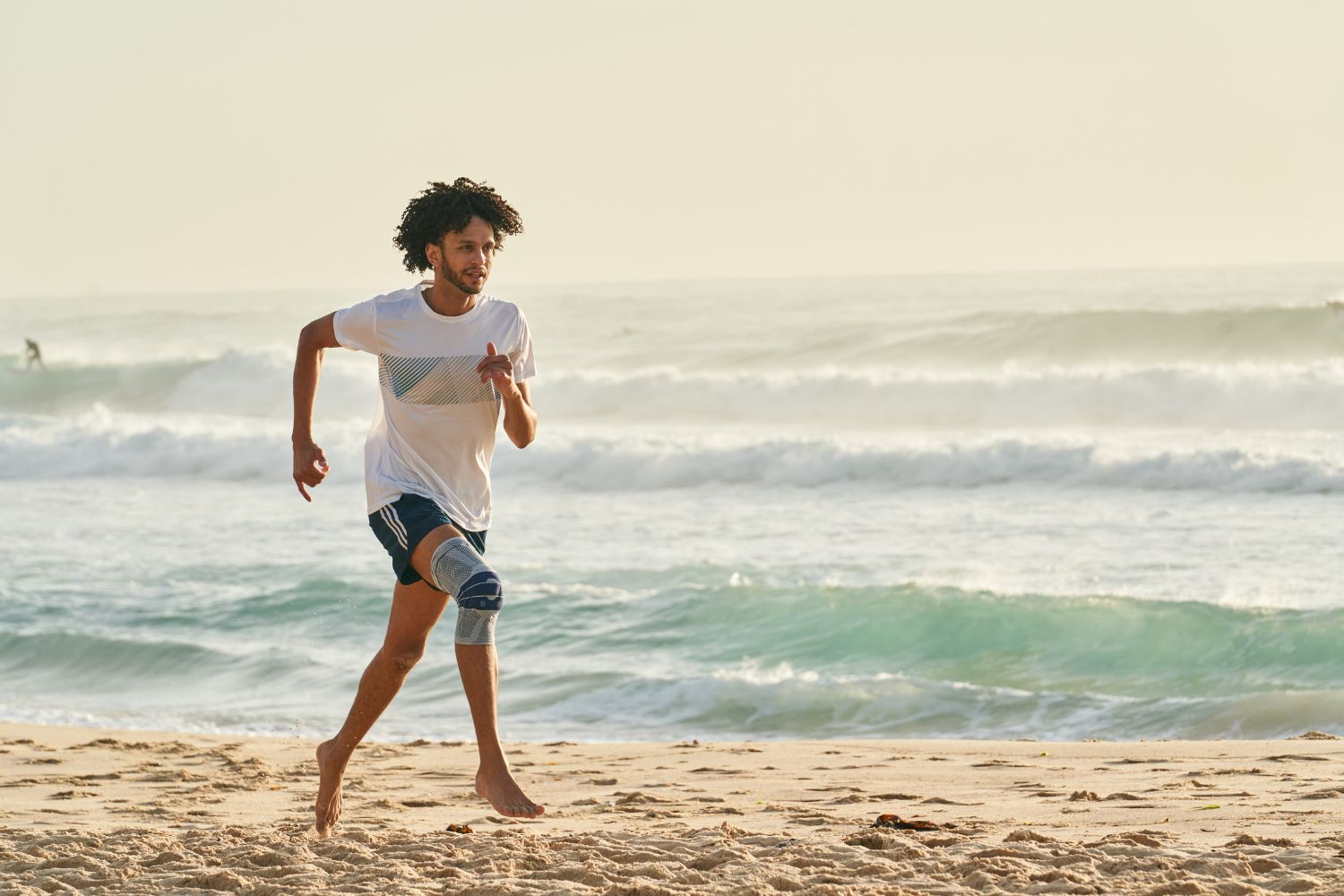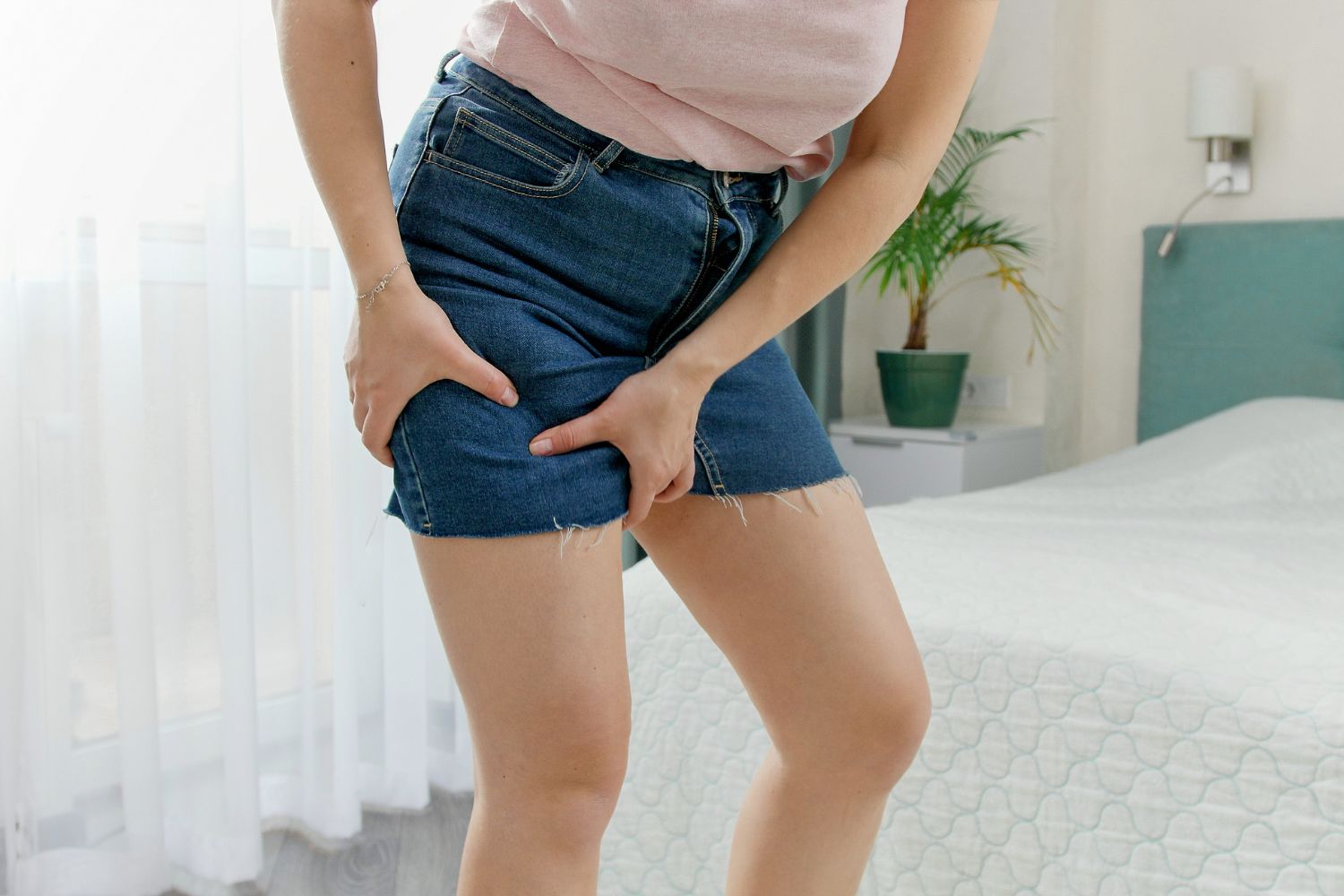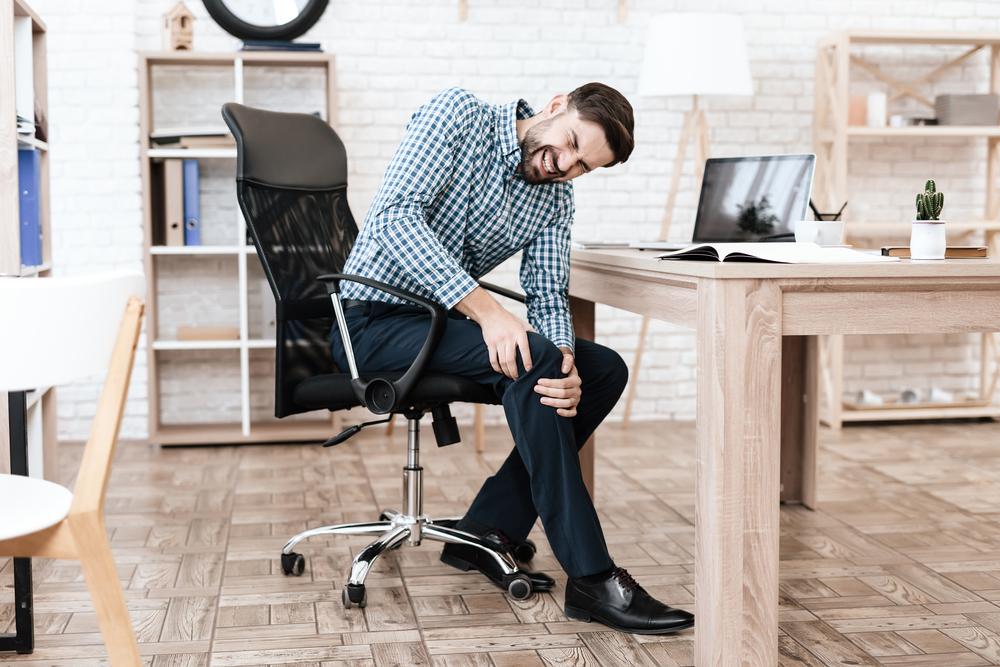Knee pain comes in many forms, but sharp pain often indicates a strain or tear to one of the tendons or ligaments. Diagnosing from pain alone isn’t usually reliable; however, it does help when diagnosing which part of the knee is injured. If you’re feeling sharp knee pain whenever you try to exercise, or it’s hurting as you read this right now, then keep on reading to learn the causes, symptoms and treatment.
Managing a knee injury
When dealing with potential injury to the knee, the most obvious symptom is usually pain. Pain is often described as feeling like a knife or needle pushing into a particular point, most often when the knee is bent or under strain.
This is most commonly felt below the kneecap but can also occur on the side of the knee or at the back of the knee. While most people find the pain goes away after some rest, if it persists or gets worse, you should see a doctor or physiotherapist as soon as you can.
Learn more: Definitive guide to knee braces
What causes sharp knee pain?
Knee injuries have two primary causes: traumatic injury or fatigue injury.
Traumatic injury occurs when a significant force affects the knee. It could be a hard fall, tripping over a pothole, or a collision with someone. When this force causes an injury to the knee, it’s most often a ligament that is primarily damaged.
Fatigue injury: These injuries develop over time. When the knee is subjected to repetitive strain, it can cause parts of the knee to become worn down and tense, leading to inflammation and pain. The cartilage, meniscus, and tendons in the knee are most commonly affected by these injuries.
When the affected area is stretched or engaged with movement of the knee, it can cause a sharp pain, stopping your movement in its tracks.
How to treat sharp knee pain
Treatment for knee injuries can vary depending on the core issue. However, some general treatments will help regardless of the injury, and in most cases of sharp knee pain, will alleviate the symptoms. These include:
- RICE: Rest the knee and limit movement, ice it when the pain surges or becomes swollen, compress during the day with bandages or support, and elevate by taking weight off the knee and having it raised on a cushion or chair.
- Strapping/taping: Stabilise the knee using kinetic tape or a patella strap to relieve localised pain and reduce movement that aggravates the pain.
- Bracing: For more persistent or chronic issues, using a knee brace can help with long-term recovery of the knee as well as short-term pain relief.
- Anti-inflammatories/creams: Anti-inflammatories can manage swelling and pain, and muscle creams like Deep Heat can help manage the initial symptoms.
It’s important to note that if the pain is severe, worsening, or does not go away after a couple of days of rest, you should see a doctor as soon as possible to have it checked.

Featured above: GenuTrain Knee Brace

